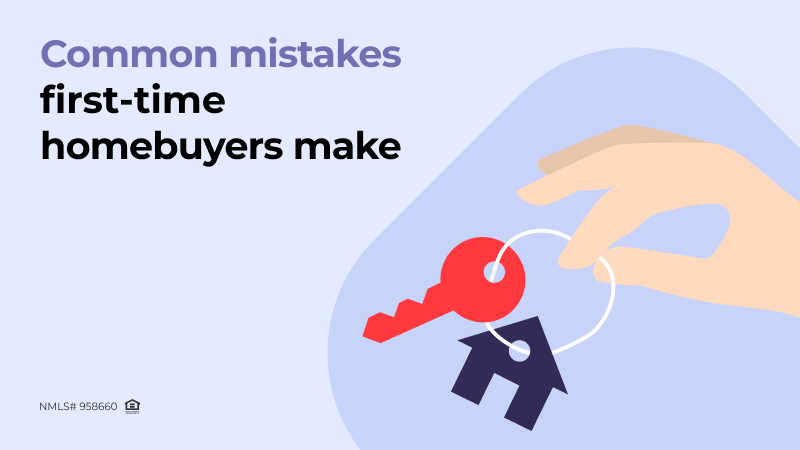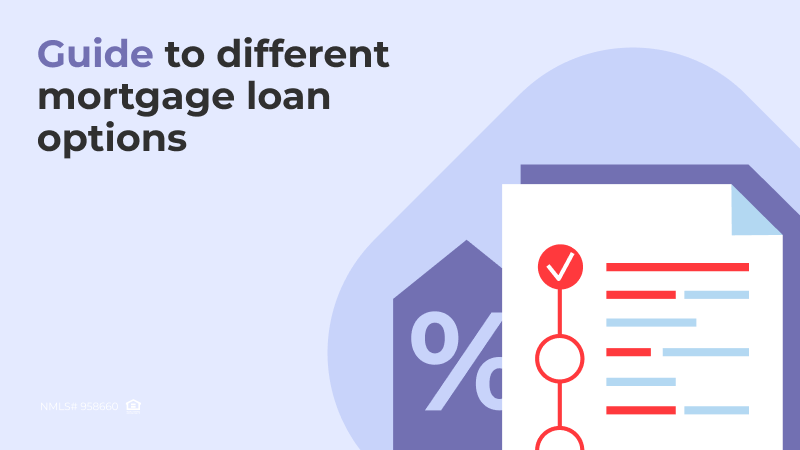Introduction
You’ve spent months searching for the perfect home and finally stumble upon a cozy, modern townhouse in a sought-after neighborhood. You’re ready to make an offer, only to discover that 15 other buyers have already submitted bids, with some waiving inspections and offering all-cash deals. Sound familiar?
While the intense competition of recent years has moderated, it still persists. But don’t let this discourage you. With the right preparation, a solid strategy, and a clear understanding of the homebuying process, you can significantly improve your chances of success. In this article, we’ll walk you through the key stages of buying a home in today’s competitive landscape. Let’s get started on your path to homeownership.
Understanding Today’s Housing Market
If you’ve been following real estate trends, you know the market remains tough for buyers. While inventory has improved compared to last year, the number of available homes is still below what’s considered a balanced market. Mortgage rates remain high, which has slowed some buyers down. Prices haven’t dropped significantly, and in many cases, homes are still gaining value, just at a slower pace. While the frenzy of the past few years has cooled somewhat, competition is alive and well, especially for desirable homes.
“Three of the four offers my clients have made in the last week have competed against other offers with competitive terms, like waiving all contingencies and releasing earnest money early. Some homes are getting multiple offers within 24 hours of hitting the market,” said Emily Lam, a Redfin Premier agent in the Seattle area.
For you as a homebuyer, this means that preparation is key. To stand out, you’ll need to move quickly, make compelling offers, and have a solid strategy in place.
Step-by-Step Homebuying Process
How can you position yourself as a serious contender in this still-competitive arena? First, you need a clear plan. Let’s break it down step by step.
Step 1: Assess Your Financial Readiness
Start by taking a close look at your finances. Check your credit score, calculate your savings, and determine your debt-to-income ratio. Lenders typically require a credit score of at least 620 for Conventional loans, but a higher score can secure better rates. Aim to save at least 3-5% of the home’s price for a down payment, though saving 20% or more will help you avoid private mortgage insurance (PMI) and reduce your monthly payments. This financial self-assessment will guide your budget and loan options.
Step 2: Decide What Type of Mortgage Is Right for You
There are various mortgage options; take the time to understand them and decide which is best for you. Your choice will depend on your finances, how long you plan to stay, and your comfort level with risk.
Step 3: Get Pre-Approved
Before you start house hunting, get pre-approved for a mortgage. A pre-approval letter from a lender shows sellers that you’re a serious buyer with the financial backing to make a purchase. To get pre-approved, you’ll need to provide documentation such as pay stubs, tax returns, and bank statements. This process also gives you a clear idea of how much you can afford, helping you narrow your search to homes within your budget.
Step 4: Define Your Priorities
What matters most to you in a home? Consider factors like location, size, number of bedrooms and bathrooms, and commute times. Distinguish between your “must-haves” and “nice-to-haves” to stay focused in a competitive market.
Step 5: Work with a Real Estate Agent
An experienced agent is invaluable. They bring market expertise, negotiation skills, and access to listings that may not be publicly available. In fact, in 2024, 86% of buyers used an agent, according to the National Association of Realtors.
Step 6: Start Your Home Search
With your agent’s guidance, begin searching for homes that meet your criteria. While online listings are a great starting point, in-person visits are essential. Be ready to act quickly – homes are selling fast. As of late 2024, the average time existing homes remain on the market was approximately 35 days, according to The Mortgage Reports.
Step 7: Make a Competitive Offer
When you find the right home, work with your agent to craft a compelling offer. Consider strategies like increasing your earnest money deposit or selectively waiving certain contingencies (e.g., minor repairs) to strengthen your bid. However, always consult your agent to fully understand the risks of waiving contingencies, as this could leave you financially exposed.
Step 8: Navigate the Closing Process
Once your offer is accepted, the closing process begins. This involves a home inspection, appraisal, and finalizing your mortgage. A mortgage broker will help you manage these steps. Be prepared for paperwork and deadlines, and stay organized and responsive. This will ensure a smooth path to homeownership.
By following these steps, you’ll position yourself as a serious buyer in today’s market.
Moving In & Protecting Your Investment
Closing is a major milestone, but the work isn’t over yet. And the initial excitement of owning a home can quickly turn into chaos if you’re not prepared for the move itself.
From planning your first steps to ensuring long-term homeownership success, every action you take should be thoroughly thought out.
Planning Your Move
Moving in can feel overwhelming, but planning ahead makes it smoother. If you’re considering DIY moving, remember it’s often cheaper but more physically demanding. Professional movers, on the other hand, can save time and stress, though they come at a higher cost. “According to the American Moving and Storage Association (AMSA) and other industry sources, the average cost of an interstate move is around $4,300, while a local move typically costs about $2,300.” (JFK Moving)
Once you’re settled, prioritize essential first-week tasks. Change locks and update security systems for peace of mind. Inspect appliances, test smoke and carbon monoxide detectors, and locate your home’s main water and electrical shut-off valves. This proactive approach ensures a safe and comfortable start in your new home.
Long-Term Homeownership Success
Long-term homeownership success depends on consistent care. Regular inspections can prevent small issues from escalating into costly repairs. Keep an eye on your HVAC system, gutters, and roof. Consider a home warranty plan to cover unexpected expenses. According to HomeGuide, homeowners spend an average of $4,000 – $22,000 annually on maintenance.
Building equity is another key goal. Refinancing when interest rates drop can lower your monthly payments, freeing up cash for home improvements. Paying extra toward your principal or making biweekly payments can also help you pay off your mortgage faster. By staying proactive, you’ll protect your investment and enjoy your home for years to come.
Conclusion
Buying a home in today’s market isn’t easy, but it’s definitely possible if you’re prepared and stay focused. From assessing your finances to making a strong offer and closing the deal, each step requires careful planning. And once you get the keys, the work isn’t over – moving in and taking care of your home are just as important to make sure it’s a good investment for the long run.
The key is to stay organized, rely on experts like your real estate agent, mortgage broker, and lender, and keep your priorities straight. Whether it’s saving for a larger down payment, taking care of small repairs before they become big problems, or refinancing when interest rates drop, every decision you make will help build your equity and secure your future.
At the end of the day, buying a home is a big milestone, and it’s one you should be proud of. It’s not just about surviving a tough market – it’s about creating a space that’s truly yours. Take a deep breath, enjoy the process, and know that all the hard work is worth it. Your home is more than just a house; it’s where your story begins.



